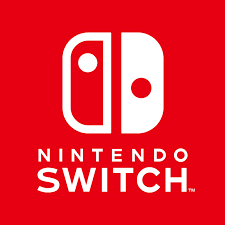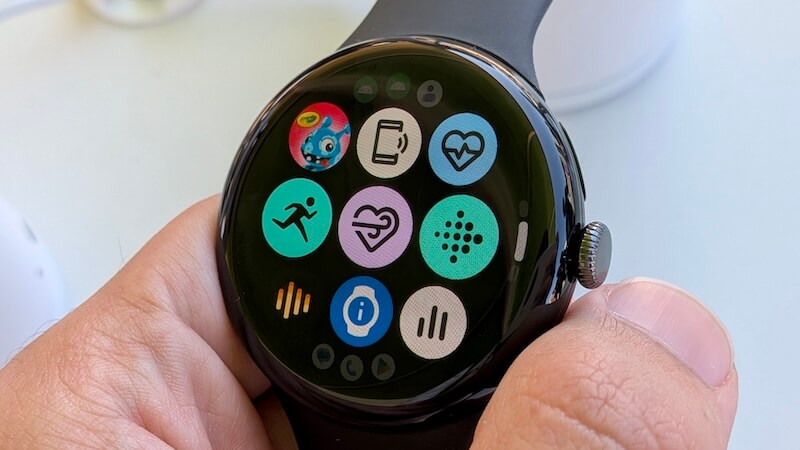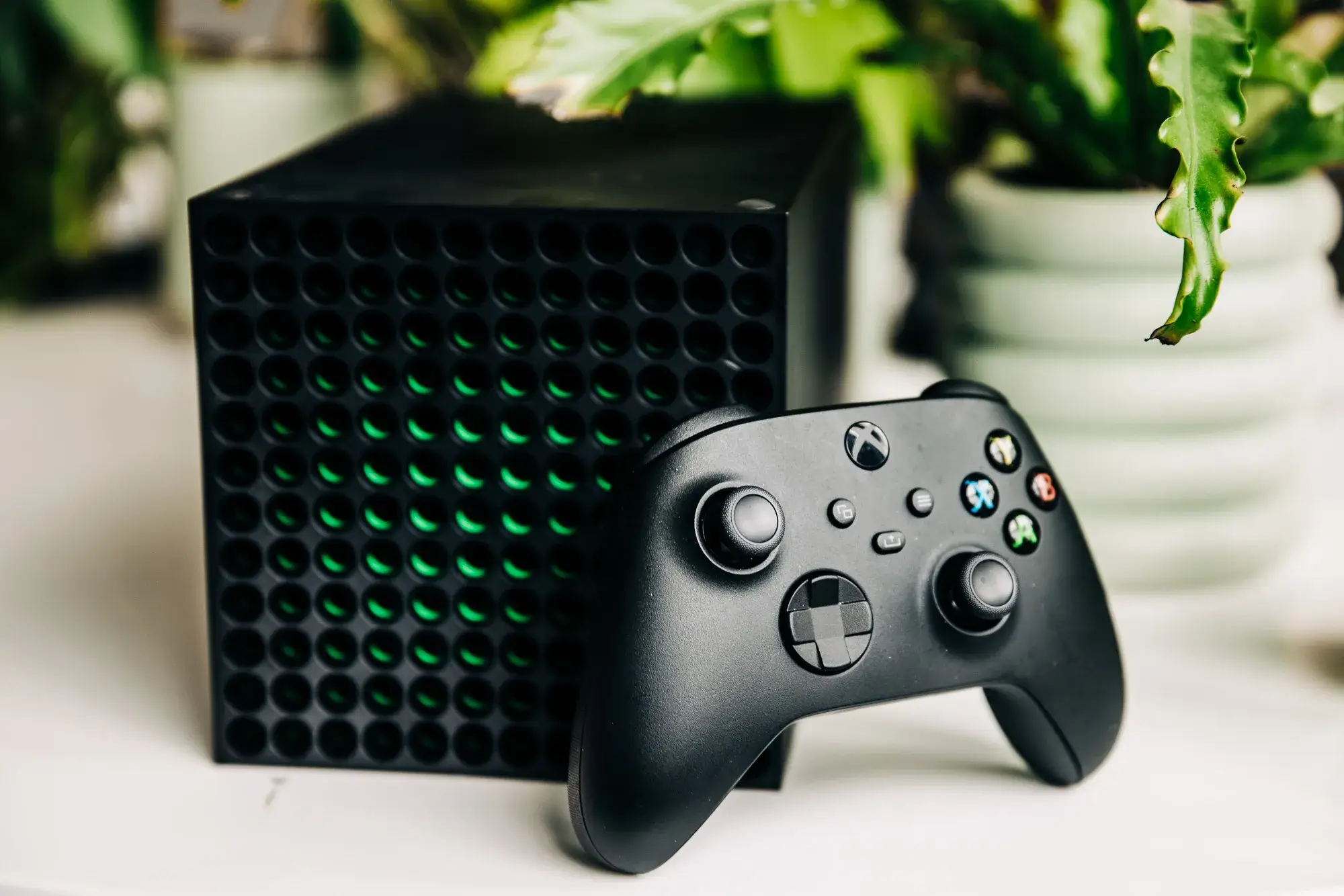Nintendo is revisiting its past with a surprising step back into virtual reality, leveraging the legacy of its infamous Virtual Boy console. The announcement, made during a Nintendo Direct presentation, commemorates Mario's 40th anniversary and unveils a new Virtual Boy accessory for the Nintendo Switch and Switch 2. This unexpected revival seeks to reintroduce the stereoscopic 3D gaming experience to a new generation while also triggering nostalgia for long-time Nintendo fans.
The original Virtual Boy, released in 1995, was marketed as a revolutionary portable console capable of displaying stereoscopic 3D graphics. However, its red monochrome display, bulky design, and limited game library led to its commercial failure, with production ceasing just a year after its launch. Despite its short lifespan and disappointing sales, the Virtual Boy has maintained a cult following, recognized as a bold but flawed experiment in early VR technology.
The new Virtual Boy accessory will be available in two versions: a plastic recreation priced at $99.99 and a more affordable cardboard version for $25. Both accessories allow users to insert their Nintendo Switch or Switch 2 consoles to play Virtual Boy games in their original 3D format. Nintendo Switch Online + Expansion Pack subscribers will gain access to a curated library of Virtual Boy titles, with 14 games available at launch on February 17, 2026. The initial lineup includes games like Wario Land, Galactic Pinball, Red Alarm, Teleroboxer, Mario Tennis, Vertical Force, Mario Clash, Golf, Tetris 3D, Virtual Bowling, and Space Invaders, with more titles to be added over time.
This move has sparked varied reactions, with some viewing it as a clever way to preserve gaming history and offer a unique retro experience. Others are more skeptical, questioning the appeal of revisiting a failed console with its inherent limitations. Some critics point out the potential discomfort associated with the Virtual Boy's design, which required players to lean into the device, potentially causing neck strain. The original Virtual Boy also featured timed messages reminding players to take frequent breaks, a reflection of potential health concerns related to the display.
Despite these concerns, the Virtual Boy's return could signify Nintendo's continued interest in VR and augmented reality (AR) technologies. The company has experimented with VR in the past, notably with the Nintendo Labo VR kit, a cardboard-based system for the Switch. Nintendo also explored AR with Mario Kart Live: Home Circuit, which allowed players to race real-world RC karts with AR overlays. The Virtual Boy revival could be a stepping stone towards more ambitious VR/AR projects in the future.
Moreover, the re-release of the Virtual Boy is a strategic move, as it could drive subscriptions to Nintendo Switch Online and incentivize upgrades to the upcoming Switch 2. By offering a mix of retro appeal and modern technology, Nintendo aims to attract both nostalgic fans and new gamers. The limited availability of the Virtual Boy accessories may also increase demand and generate buzz, as Nintendo has seen success with similar tactics in the past.
Ultimately, the resurgence of the Virtual Boy marks a fascinating chapter in Nintendo's history. Whether it's a successful revival or a nostalgic novelty remains to be seen, but it undoubtedly highlights Nintendo's willingness to experiment and embrace its past. By bringing back the Virtual Boy, Nintendo is not only offering a unique gaming experience but also reigniting the conversation about the potential and challenges of virtual reality.















